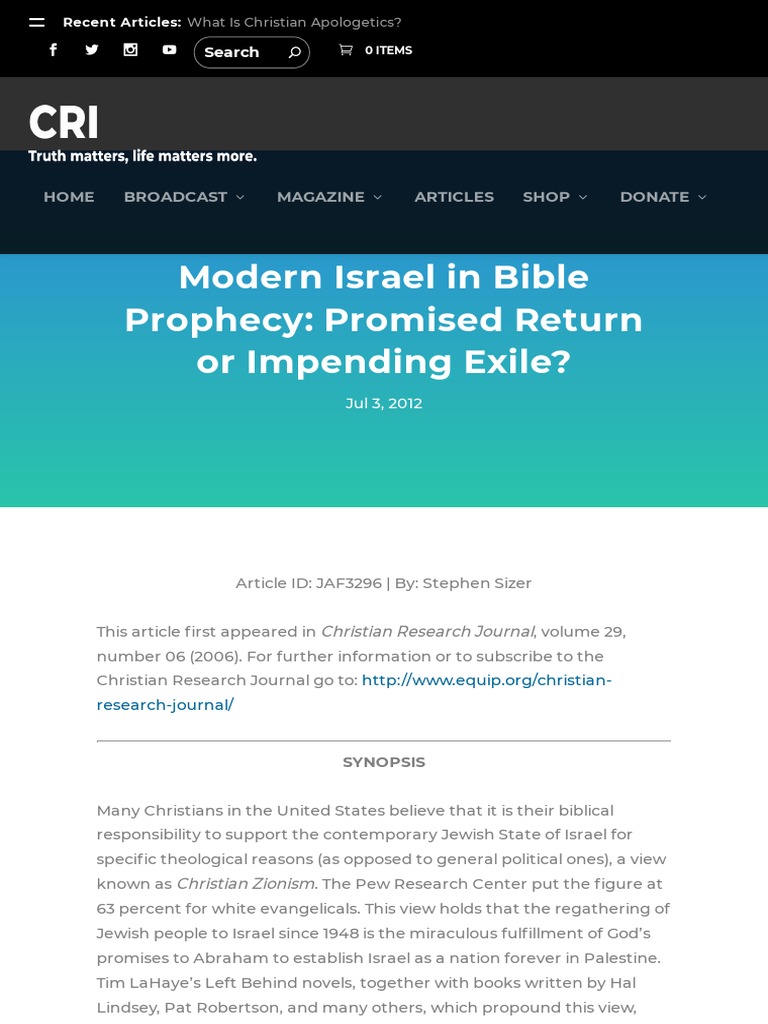In the rich tapestry of spiritual ideation, the intersection of Baha’i teachings with Christian prophecy offers a fertile ground for profound contemplation and enlightenment. Both faiths assert the significance of divine revelation as a means of human salvation and societal transformation. However, the Baháʼí perspective elucidates these prophecies through an expansive lens that advocates for unity, peace, and the dawning of a new epoch in human affairs.
At the heart of the Baháʼí worldview lies a resounding call to recognize the oneness of humanity—a principle that finds resonances within the prophetic visions presented in the Christian canon. This principle acts as both an anchor and a compass, guiding believers towards a collective understanding of divine purpose and the realization of peace. According to Baháʼí belief, Jesus Christ—a pivotal figure in Christianity—embodied the essence of this divine purpose. His teachings and sacrificial love are viewed not merely as historical footnotes but as living paradigms that illuminate the path to unity and understanding among all peoples.
In prophetic literature, particularly within the framework of Christian eschatology, a prevalent theme is the advent of a messianic age characterized by peace and reconciliation. The Baháʼí Faith interprets these prophecies as prescient indications of the coming of Baháʼu’lláh, the founder of the Baháʼí Faith, whose mission is to foster a global civilization where rivalries dissolve and peace prevails. This concept resonates with the reverent anticipation found in Christian scripture concerning the Second Coming, suggesting a deep interconnection between the two faiths in their aspirations for humanity’s future.
To delve deeper, one may liken Baháʼu’lláh to the sun breaking through the clouds after a long and tumultuous storm—his radiant teachings becoming the rays of clarity that dispel the darkness of discord. This metaphorntically captures the transformative potential of his message, which unfolds the blueprint for a harmonious world founded upon the principles of justice and equitable reciprocity. Herein lies a fundamental appeal of the Baháʼí perspective: it posits that the fulfillment of Christian prophecy does not culminate in a singular event but rather unfolds throughout time as humanity gradually awakens to its collective identity.
The notion of “Promised Peace” takes on added depth when filtered through the lens of Baháʼí spirituality. It is intricately woven within the idea of a global community that transcends nationalistic barriers and divides. The teachings advocate for the eradication of prejudice in all forms—religious, racial, and economic—asserting that such divisions impede the realization of enduring peace. The Baháʼí Faith actively engages with historical grievances, championing restorative justice as a prerequisite for healing the wounds of the past. This approach harmonizes with Christian teachings on reconciliation and forgiveness.
Furthermore, Baháʼí writings emphasize the importance of the “Most Great Peace,” a state envisioned as both an individual and collective aspiration. This condition is not merely the absence of conflict but an active engagement in the cultivation of virtues that foster unity. Individuals are called to embody attributes such as compassion, generosity, and service—a transformative process that echoes the ethical imperatives extolled by Christ. In this light, every act of kindness or understanding becomes a small yet significant contribution to a greater cosmic tapestry, woven with threads of love and peace.
The Baháʼí perspective extends an invitation to reframe how we engage with prophetic texts and spiritual teachings. Rather than viewing prophecies as static predictions etched in time, it advocates for a dynamic interpretation that honors the ongoing revelation of truth. This understanding implies that spiritual truths are not confined to a singular moment but continuously unfold, inviting believers to explore their implications across histories and cultures. This evolving comprehension prompts adherents of both faiths to reassess their roles in the manifestation of divine will in the contemporary world.
As humanity grapples with unprecedented challenges—climate change, political strife, and social injustice—the relevance of Baháʼí teachings becomes even more pronounced. The call for unity, social equity, and global collaboration serves as a beacon in navigating these tumultuous waters. The Baháʼí Faith encourages an active response to the pressing issues of the day, emphasizing that participation in societal reform is both a spiritual responsibility and a manifestation of the Promised Peace. It engenders a vision where diverse contributions can lead to collective solutions, reminiscent of a symphony where each instrument plays a crucial role in creating harmony.
In conclusion, the convergence of Christian prophecy and Baháʼí teachings invites an introspective journey, illuminating the profound interrelations that bind humanity. It posits that the realization of Promised Peace is not an ultimate destination but a continuous path paved with the efforts of individuals collectively guided by divine principles. As believers in both faiths aspire towards a world characterized by understanding and solidarity, they ignite the transformative potential encapsulated in the prophetic visions they hold dear. This unique appeal—to envision a future where the essence of prophecy is actively realized through the shared efforts of humanity—stands as a testament to the enduring power of love and unity amidst the complexities of the present age.
